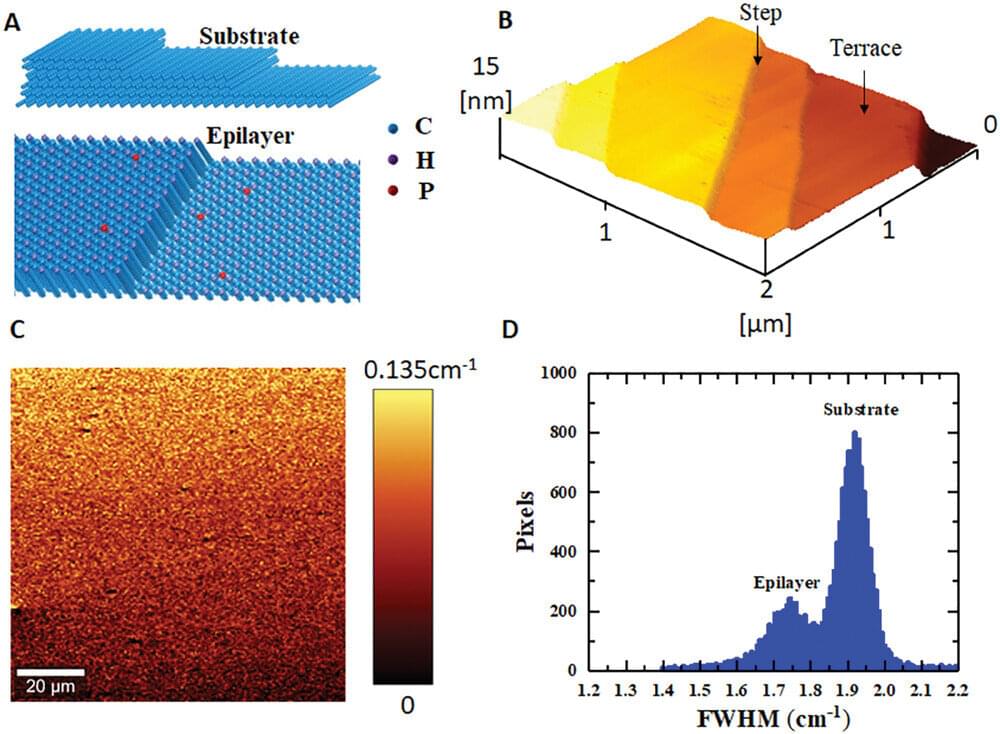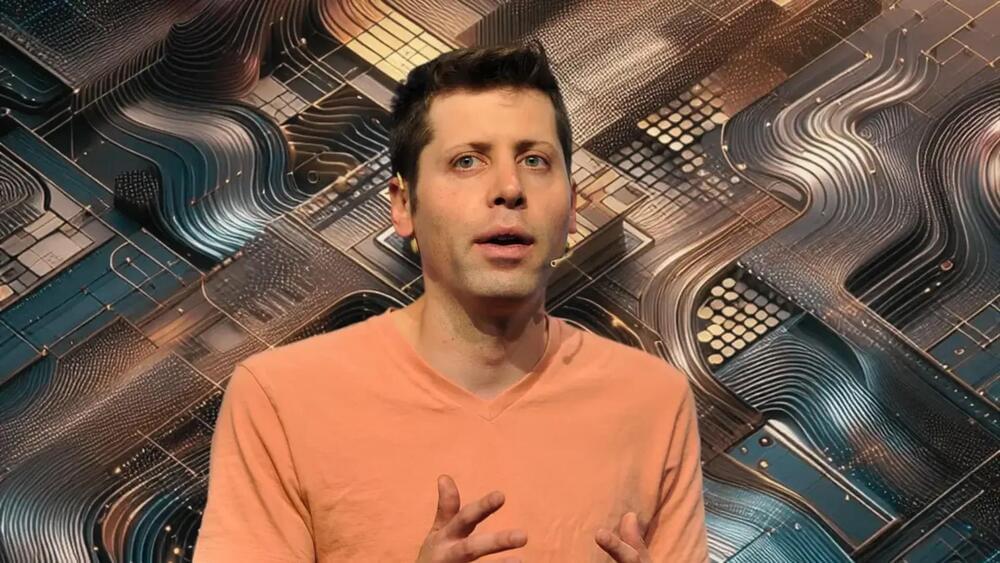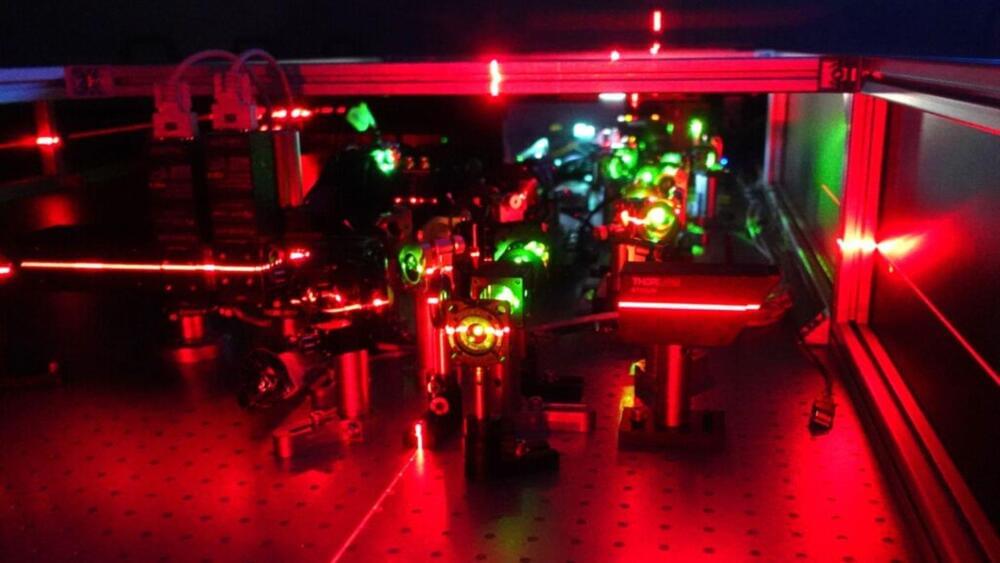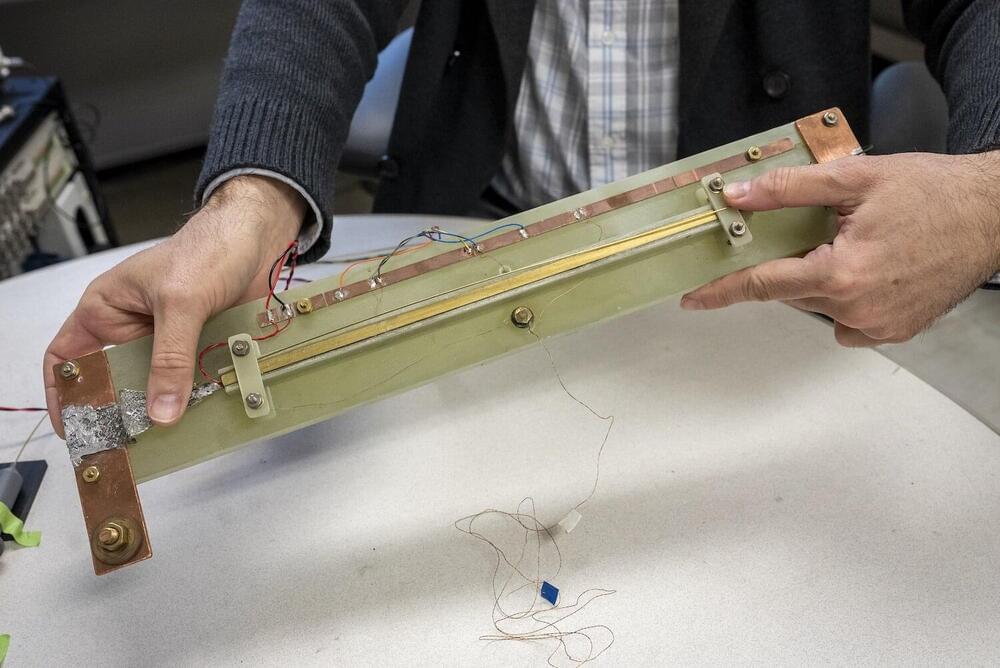Fusion energy has long been hailed as the holy grail because of its potential for limitless amounts of clean energy. But that promise has trailed reality for decades, with billions of dollars in research leading to few breakthroughs. Now there’s optimism that is about to change, partly because of new startups funded by the likes of Sam Altman, Jeff Bezos, and Bill Gates.
Yahoo Finance went inside the country’s largest magnetic fusion facility for an exclusive look, to explore the challenges of bringing this technology to commercial use for the latest episode of NEXT.
“The race is on to actually see who can develop this and who can get it to the masses the fastest,” said David Callaway, former editor-in-chief of USA Today and founder of Callaway Climate Insights, a news and information service focused on the business of climate change.









